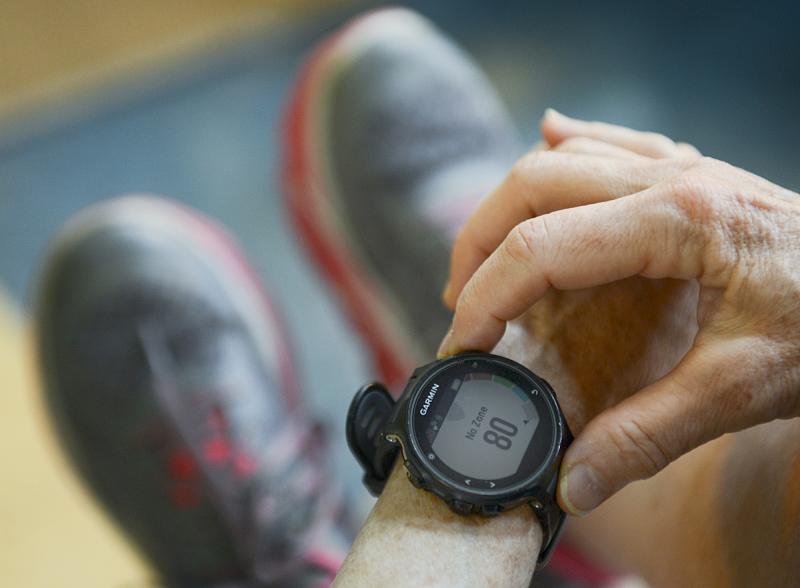Measuring results a key component of progress
I recently wrote about how the majority of individuals exercise to increase physical health.
The term physical health can encompasses a wide range of components, such as vitals, weight, strength, mobility, endurance and power, to name a few.
All of those components can be tracked or measured to give a person a better understanding of the impact a regular exercise routine can have in improving physical health.
In my last article, I explained the importance of bench marks for recording performance data for specific workouts. In this article, I would like to discuss the importance of tracking an individual’s vitals during an exercise routine. The specific vital I would like to talk about is resting heart rate.
Many athletes use heart rate with aerobic or interval training to identify exertion levels. Heart rate monitors allow athletes to train in specific training zones, and heart rate can be a great tool to maximize performance levels.
However, I would like to talk about how an athlete can use resting heart rate with their training. What does resting heart rate tell us? It tells us how hard the heart has to work to get blood pumped throughout the body.
Heart rate cannot be compared apples to apples; in other words, my resting or max heart rate is going to be different than most people. Some of the main factors that impact heart rate are; age, sex, genetics, medication, and physical health. Woman tend to have a higher heart rate compared with men.
The heart is a muscle, and the bigger it is, the more blood it can pump through the body, so normally larger hearts will have a lower heart rate. That is one reason men normally have lower heart rates, as men tend to be larger than women.
If we can track our morning heart rate over the course of a few weeks, we will get an average; that average is a bench mark. That bench mark will give an individual an indication of how hard the heart has to work every morning to pump blood throughout the body. The fitter an individual gets, the stronger the heart will become,and the lower the resting heart rate will be. Extremely fit individuals can have resting heart rates ranging from 40-50 beats/minute. A true resting heart rate should be taken lying down, with minimal movement, when you first wake up. Variations in resting heart rate won’t be too dramatic even if the body is under stress.
Once an individual has established their resting heart rate they can start recording their orthostatic heart rate. Orthostatic heart rate is taken once an individual gets out of bed in the morning. There will be a spike in heart rate due to the heart having to pump blood against gravity and to major muscle groups due to the sudden movement.
If the body is under stress due to an illness or if not fully recovered from the prior day's workout, the heart will have to pump faster than normal. The result will be a spike higher than normal.
For example, if my average resting heart rate is 50 beats per minute, and when I stand up my orthostatic heart rate jumps to 70 beats per minute, then the average difference is 20 beats. If my body is fighting a virus or I am over trained, the spike will be almost twice as high. If you are able to keep track of your RHR and ORH, you will be able to adjust training plans when the body needs rest.
Using these bench marks will be a great tool to help identify a trend in increased fitness as well as when the body needs more time to rest. Keeping a training log is a great way to record all of your heart rate information.



























































